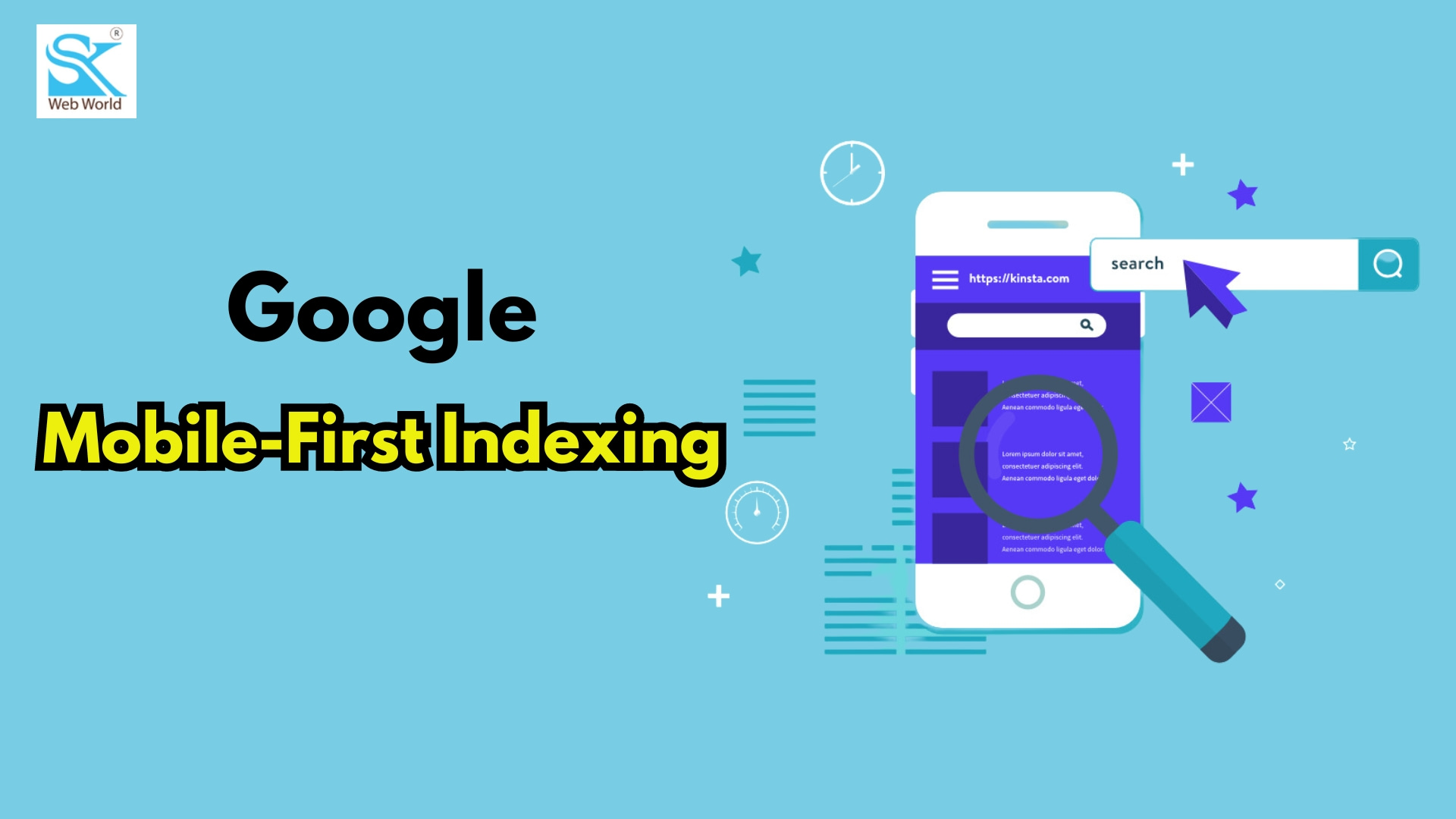The world is quickly changing to the mobile device from the desktop device. And do you know why? Because the majority of Google searches these days are conducted on mobile devices.
Google will prioritize using your site’s mobile version for determining your search engine rankings, a practice known as “mobile-first indexing.” In the past, indexing was carried out for the desktop version of a website’s content while it was being analyzed and assessed for relevance to any visitor’s inquiry.
Put another way, Google gives mobile sites more priority when it comes to crawling and indexing than desktop sites. This change is a reaction to the growing number of people using tablets and smartphones to access the internet. SEO services in Asansol professionals not only focus on local SEO but equally on mobile indexing too.
Why Is Indexing Mobile-First Important?
If your website isn’t optimized for mobile, those who visit it on a smartphone or tablet are more likely to favor the websites of your rivals. This implies that a significant amount of traffic from mobile devices will be lost. It is essential to have a mobile-responsive website because of mobile-first indexing. Websites that offer a consistent and optimal experience across multiple devices are given preference by Google’s algorithms. Not only can mobile-friendly design improve user experience, but it also has a favorable impact on search engine rankings.
How SEO can make a difference in mobile indexing?
Using location-based keywords, producing locally relevant content, and promoting customer reviews are essential tactics for companies looking to draw in mobile customers. Because mobile users frequently make snap judgments, businesses may boost their visibility and draw in local clients by making sure they show up prominently in mobile search results. Local SEO is becoming an essential part of a winning mobile-first indexing strategy as mobile searches continue to rise.
Mobile users frequently look for local companies, services, or goods with a strong local intent. Due to Google’s algorithms giving preference to results based on user location, local SEO services in Asansol play a crucial role in determining mobile rankings.
How can I make my website technically mobile-indexing friendly?
Website speed:
It has a big impact on how well a mobile application works. Make sure your page loads more quickly. Using content delivery networks (CDNs), browser caching, and image optimization are some methods to improve mobile page speed, which can help SEO.
Structured Data and Metadata Optimization:
To comprehend the content and context of a webpage, Google mostly depends on structured data. It is essential to make sure that metadata and structured data are included and adapted for mobile versions. This increases the likelihood of higher ranks by assisting search engines in accurately interpreting and displaying information in search results.
Select where to place your ads judiciously
Viewing your content on a mobile device differs from doing it on a desktop. Mobile users’ displays are small, so you need to be clear about what you want them to see when they visit your page. Mobile users may have a bad experience due to excessive or improper ad placements. Thus, be sure that the locations of your advertisements don’t detract from the mobile user experience.
At the end, you must note,
Mobile indexing and mobile friendliness are both different things. An indexing robot, such as Google, reads and stores the content of webpages throughout the indexing process. Every time Google visits and examines a webpage, it adds the content from that page to its database. In any case, if the website is not indexed then it will not be ranked. Hence to get the rank of the website, it has to be indexed. Hence it is quite an important factor.




